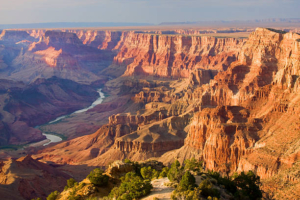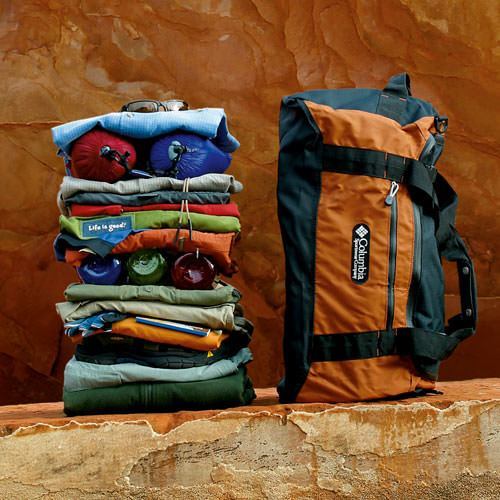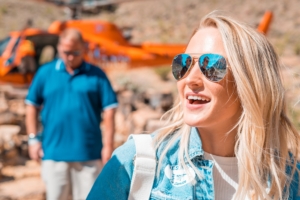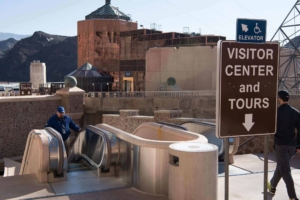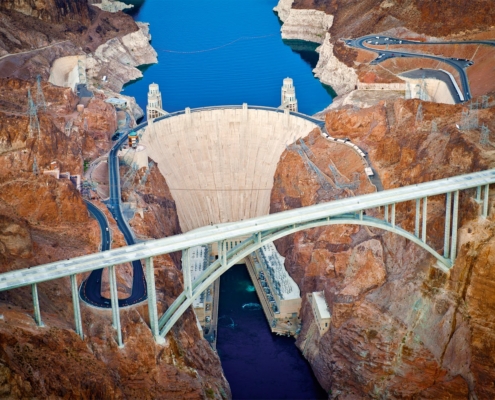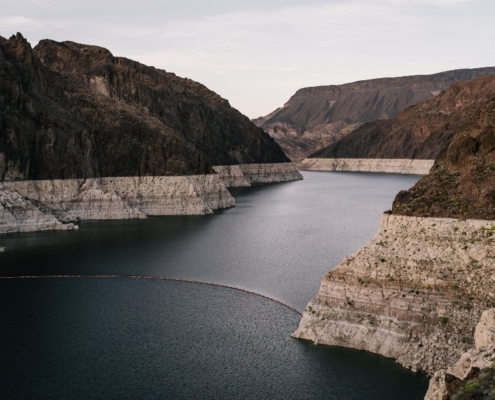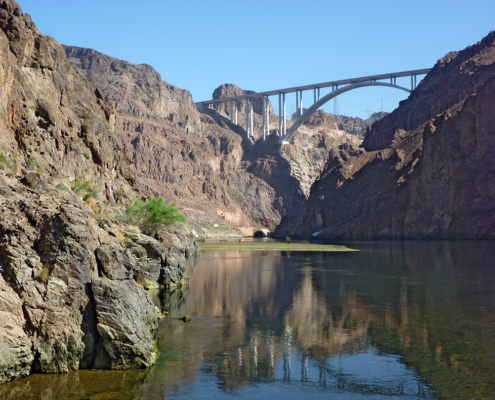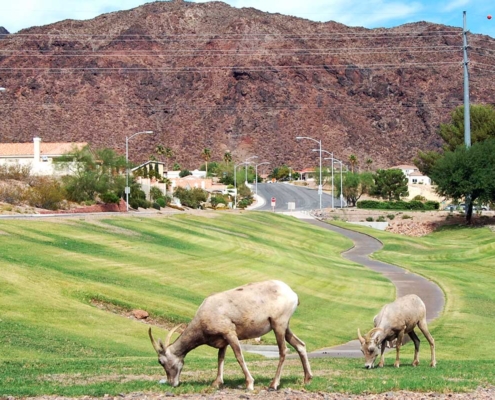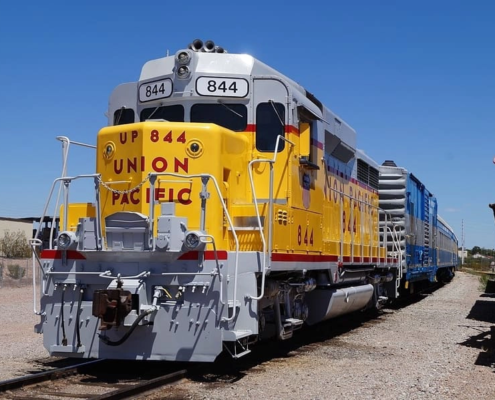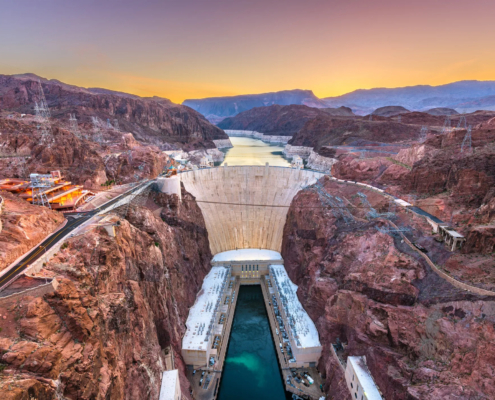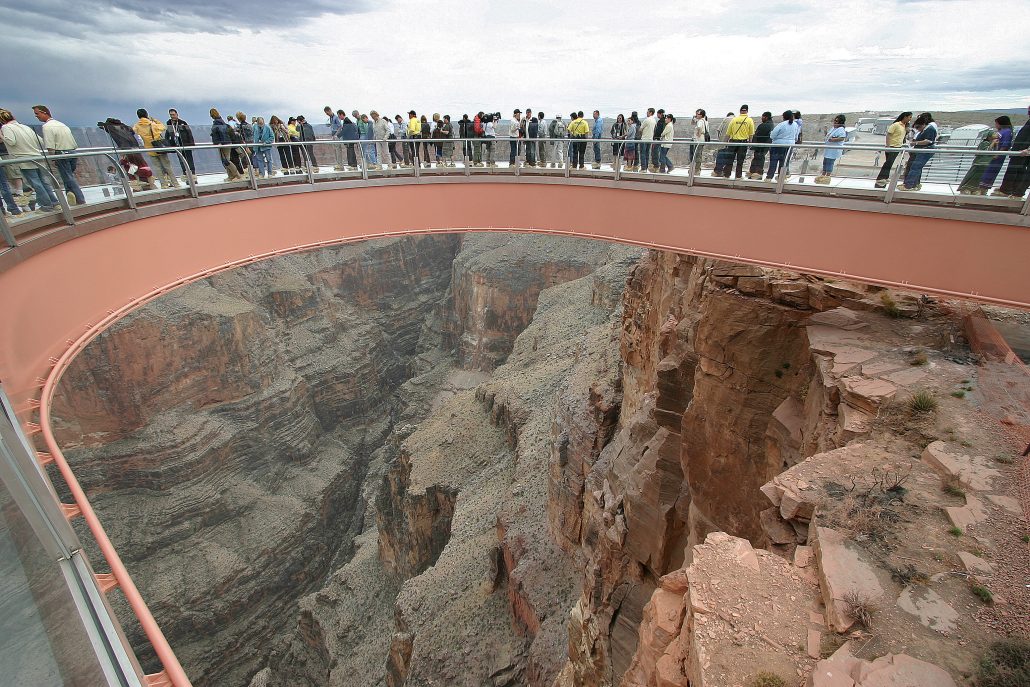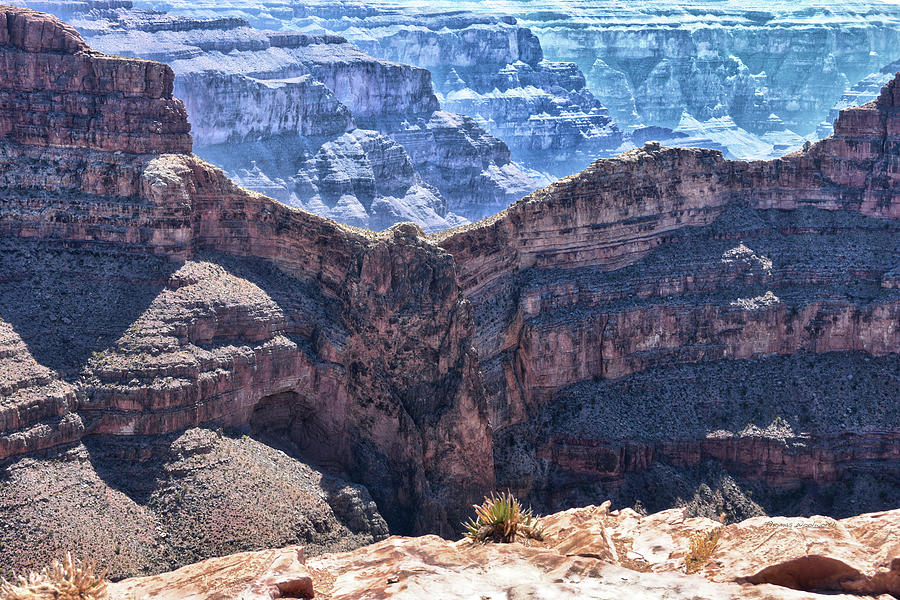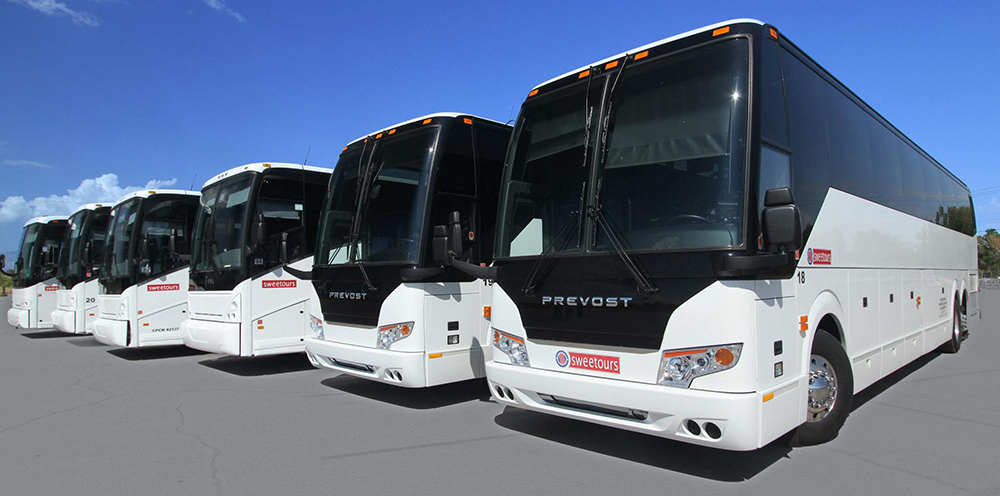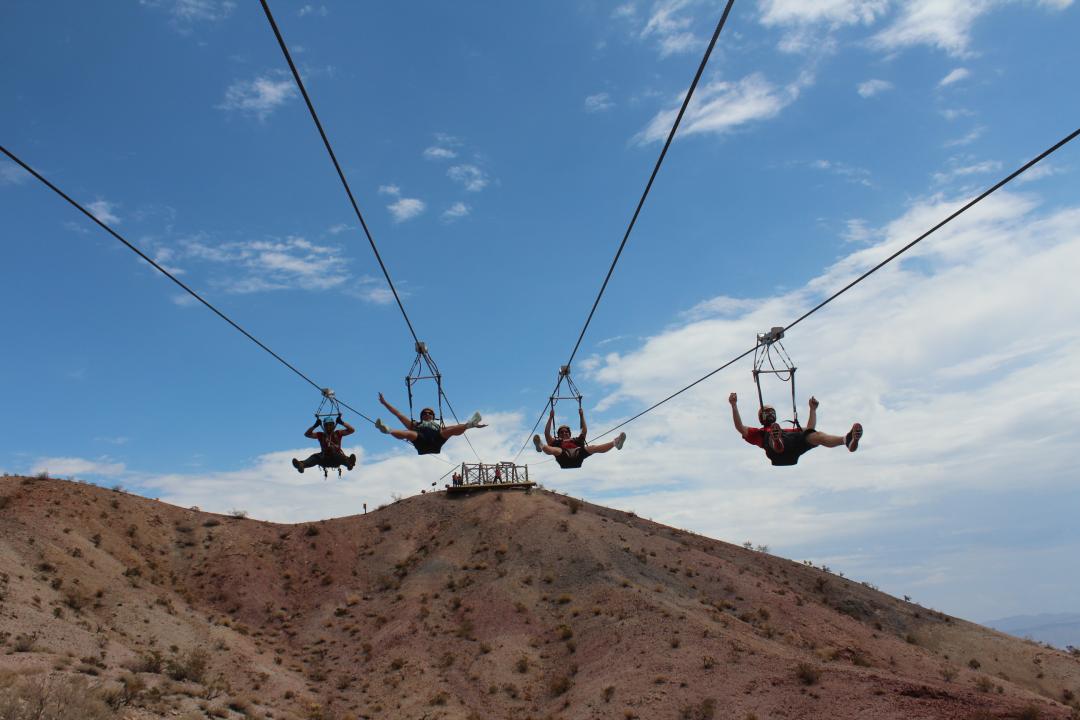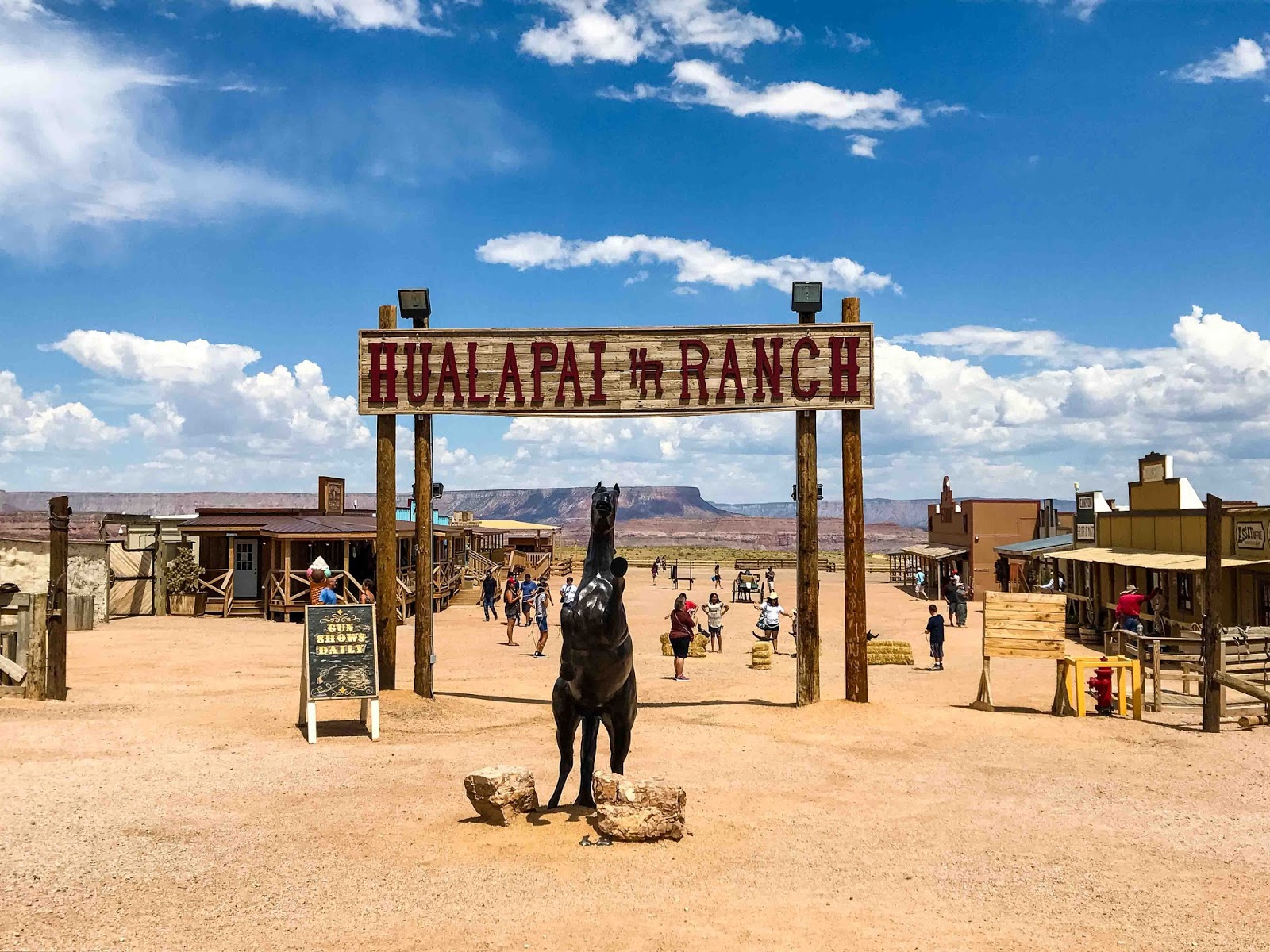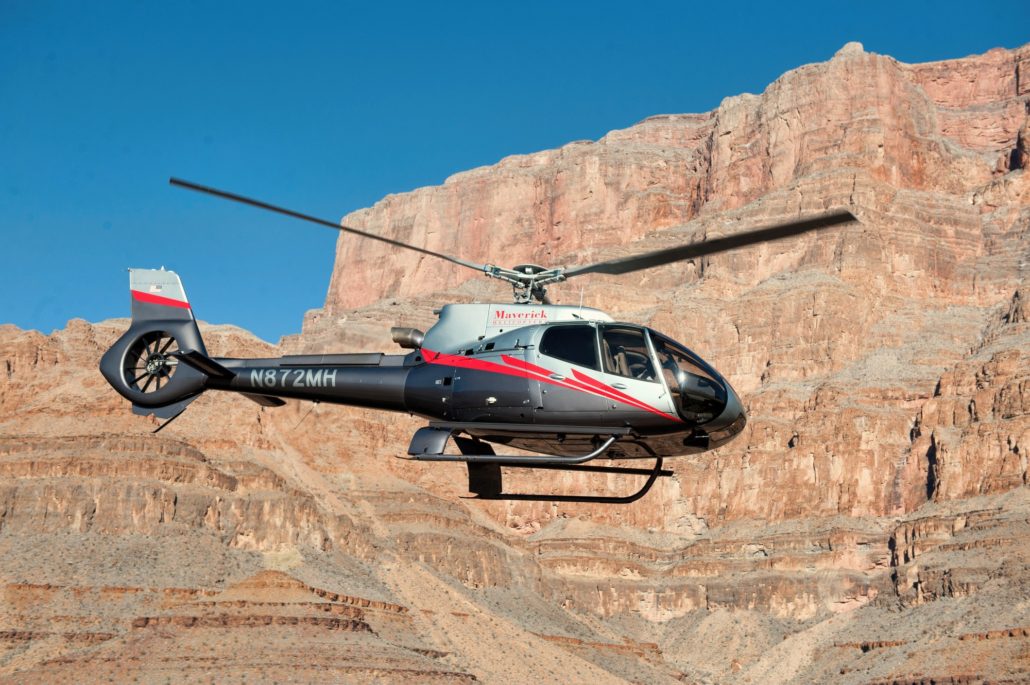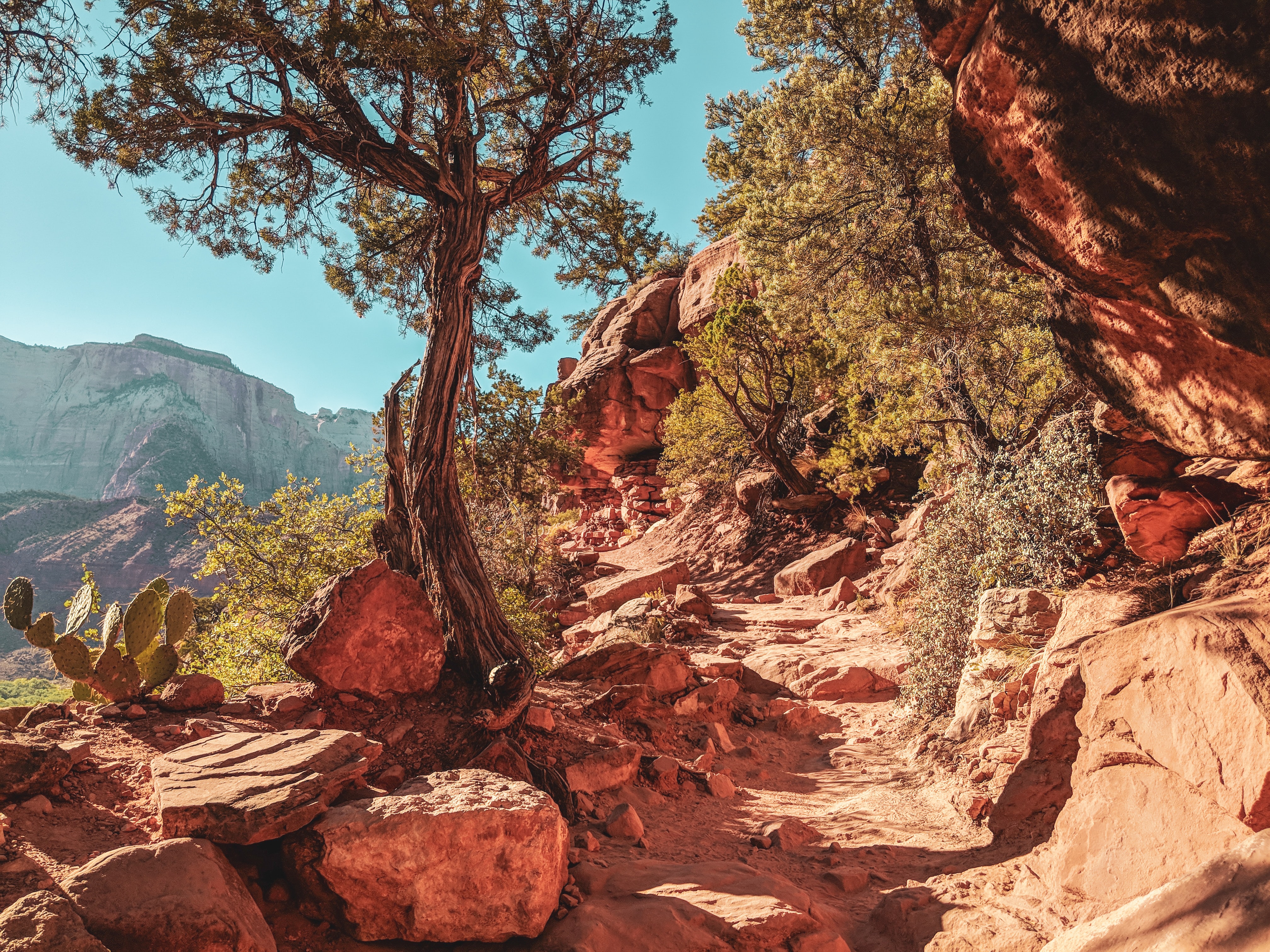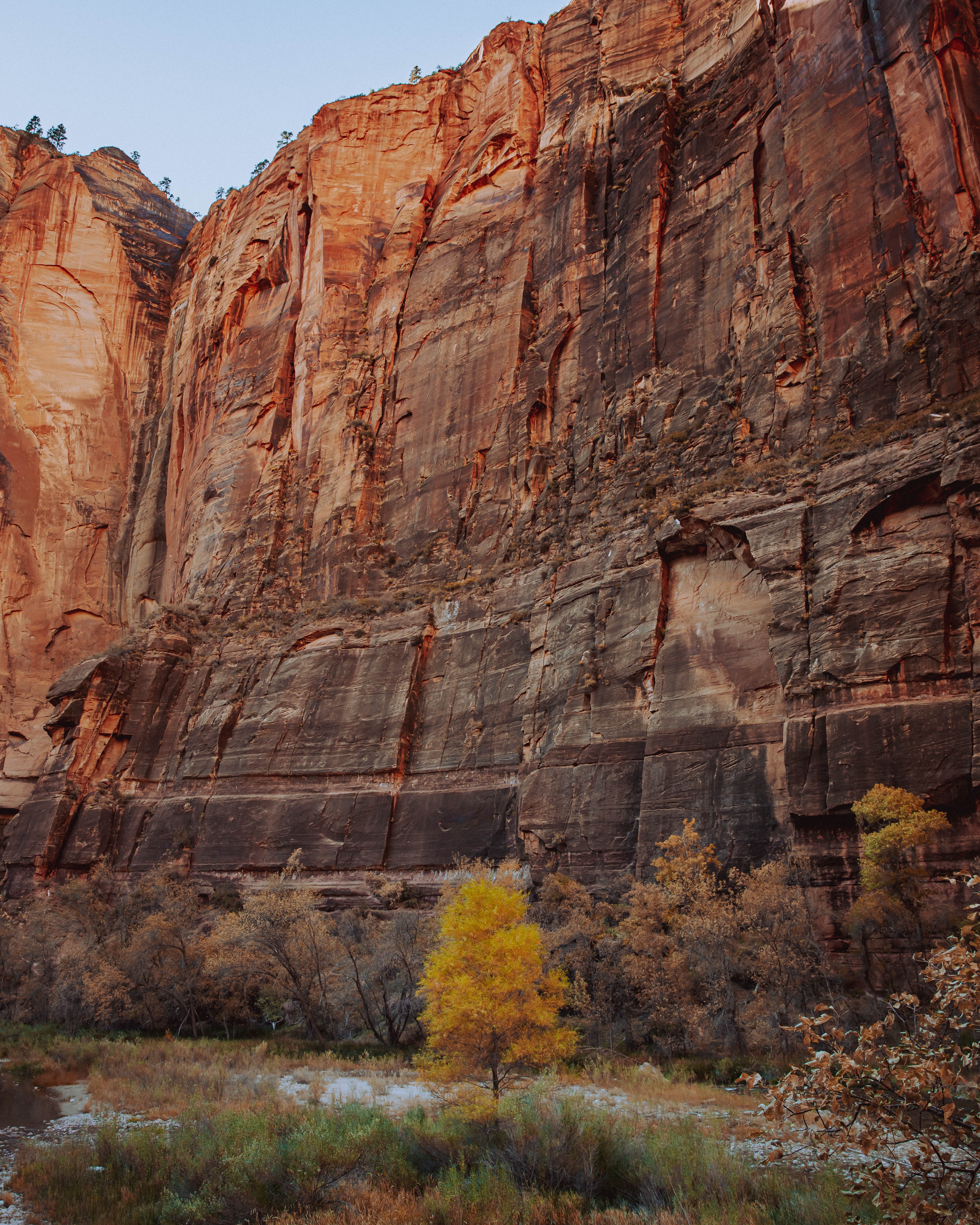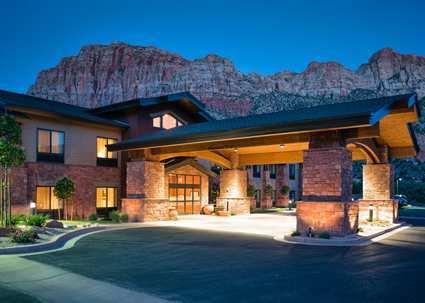Winter tours at the Grand Canyon
Visiting the Grand Canyon during the winter can be a beautiful and unique experience. Here are a few tips to keep in mind if you’re planning a trip to the Grand Canyon during the winter months:
- Dress warmly: The Grand Canyon can get very cold in the winter, especially at higher elevations. Make sure to bring warm clothing, including a coat, gloves, and a hat.
- Check the weather forecast: The weather at the Grand Canyon can vary greatly, even within a single day. Make sure to check the weather forecast and plan accordingly.
- Wear appropriate footwear: The trails at the Grand Canyon can be slippery in the winter, so make sure to wear shoes or boots with good traction.
- Plan your activities: Some activities, such as hiking and mule rides, may not be available during the winter months due to icy conditions. Check with the park service to see what activities are available and plan your trip accordingly.
- Be prepared for road closures: Some roads within the park may be closed during the winter due to snow or ice. Check with the park service or visit their website for up-to-date information on road closures.
A Slower Pace
Cooler temperatures, shorter days, and falling snow bring a slower pace to one of the most visited national parks in the country.
After the December holidays, winter visitors are less touristy throughout the park in January and February. Those ready for ice and snow will find the Bright Angel Trail to be a scenic drive with a bit smoother and less traffic.
Dramatic winter storms bringing inches of snow cover contrast with sunny days perfect for walks along the canyon rim. The fresh air and a bit of snow bring new perspectives to the temples and knolls emerging from the canyon floor, providing the perfect backdrop for viewing canyon flora and fauna.
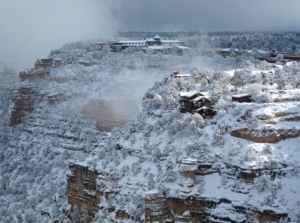
Visiting Grand Canyon
The South Rim of the park is open year-round and the roads are open except in bad weather. The weather in the Grand Canyon changes rapidly, and so does visibility.
Scheduling a multi-day visit allows visitors to witness some of these changes, and offers great views of the canyon.
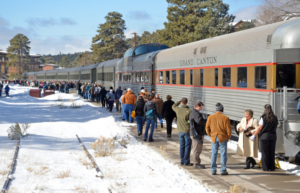
Wildlife in the Grand Canyon
Mule deer roaming the fresh snow and bald eagles darting along the edge of the canyon are just some of the wildlife you can see in the winter.
Many animals become less active and less visible as winter approaches, but there are still opportunities to see elk, California condors, ravens, and arber squirrels on the edge and in the nearby ponderosa pine forest.
Most animals in the park have developed some adaptation to the cold. Rock squirrels, which are common along the edges during the summer, spend the fall hoarding food and preparing for the cold winter. They spend most of the winter in their burrows but can be found around the edges on warm days.
Mule deer and elk wear thick winter coats to cope with the low temperatures, and Aberut and Kaibab tree squirrels wear tufts of fur on their ears to ward off the cold.
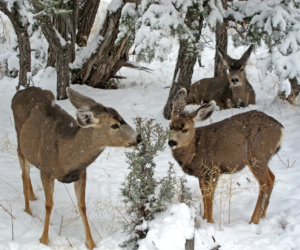
Camping
During the winter months, Mother Campground reservations can be made at the Grand Canyon Village through recreation.gov. Reservations are recommended during the December holiday season.
The Trailer Village RV Campground is also open all winter with all hook-ups.
Winter solitude covers the North Rim of the Grand Canyon, which is closed to all vehicles between December 1st and May 14th.
Hikers with backcountry camping permits for multi-day canyon adventures can hike from the South Rim to the North Rim to experience winter camping in one of the most inaccessible locations in the country.
Be Prepared
Hikers with backcountry camping permits for multi-day canyon adventures can hike from the South Rim to the North Rim to experience winter camping in one of the most inaccessible locations in the country.
Winter hikers and backpackers should be prepared for cold weather, icy trails, and short daylight hours. NPS backcountry rangers recommend bringing traction gear over your shoes, hiking poles, extra snacks, a flashlight/headlamp, and easily removable layers to accommodate varying weather conditions.
A Winter Getaway
A trip to the Grand Canyon can be a great winter vacation, especially if you plan carefully.
The National Park Service Mobile App is a great place to start. Download Grand Canyon National Park maps and content for offline use. This is especially useful when exploring remote locations or when data caps are a concern.
If you still feel confused, take it easy. Because we are professional tours and travel in the Grand Canyon, so we will give you the information you need during your trip to the Grand Canyon, just get in touch with us.
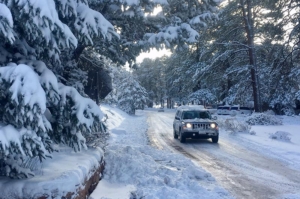
Focus on Safety
Don’t let the dangers of winter scare you. Declining temperatures, severe weather and conditions, and changing wildlife behavior present challenges to consider when visiting national parks. Get ready to travel and prepare for a fun and safe winter adventure.
Get ready, pack your jacket and winter gloves, avoid the crowds, and experience the winter wonderland of the Grand Canyon!
Winter Travel Kit Emergency Items:
- Shovel
- Windshield scraper & fluid
- Cell Phone
- Flashlight
- Battery-powered radio & extra batteries
- Food and Water
- Matches
- Extra hats, socks, and mittens
- First aid kit with a pocket knife
- Necessary medications
- Blankets
- Tow chain or rope
- Sand or cat litter (road salt is not permitted in the park)
- Booster cables

